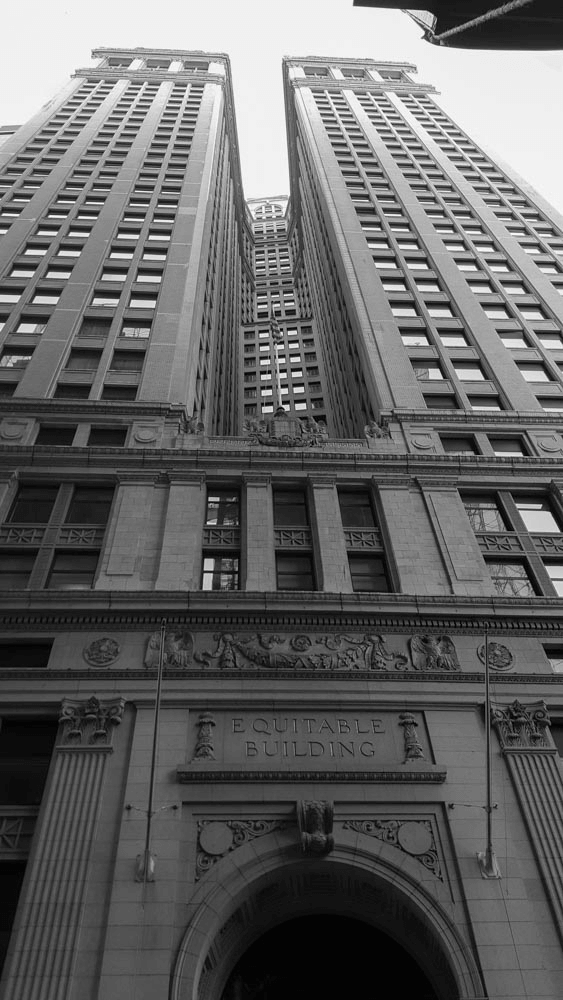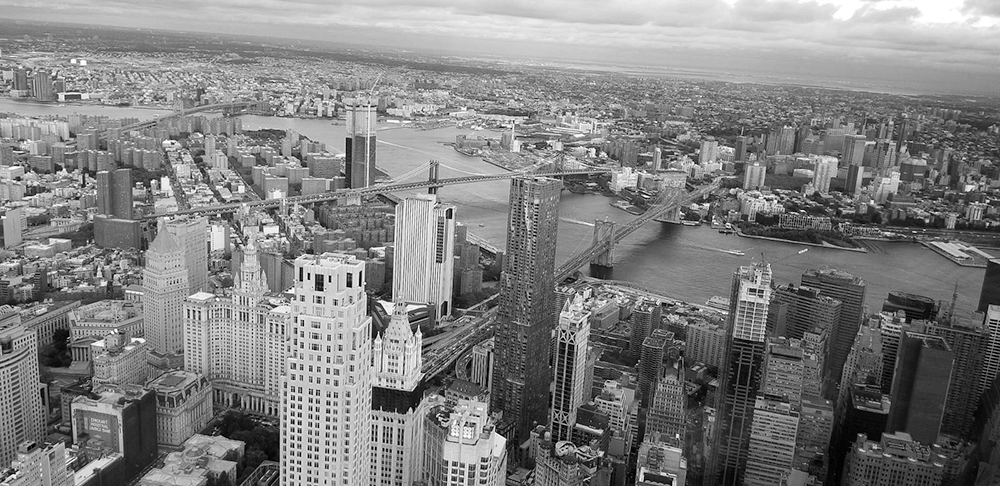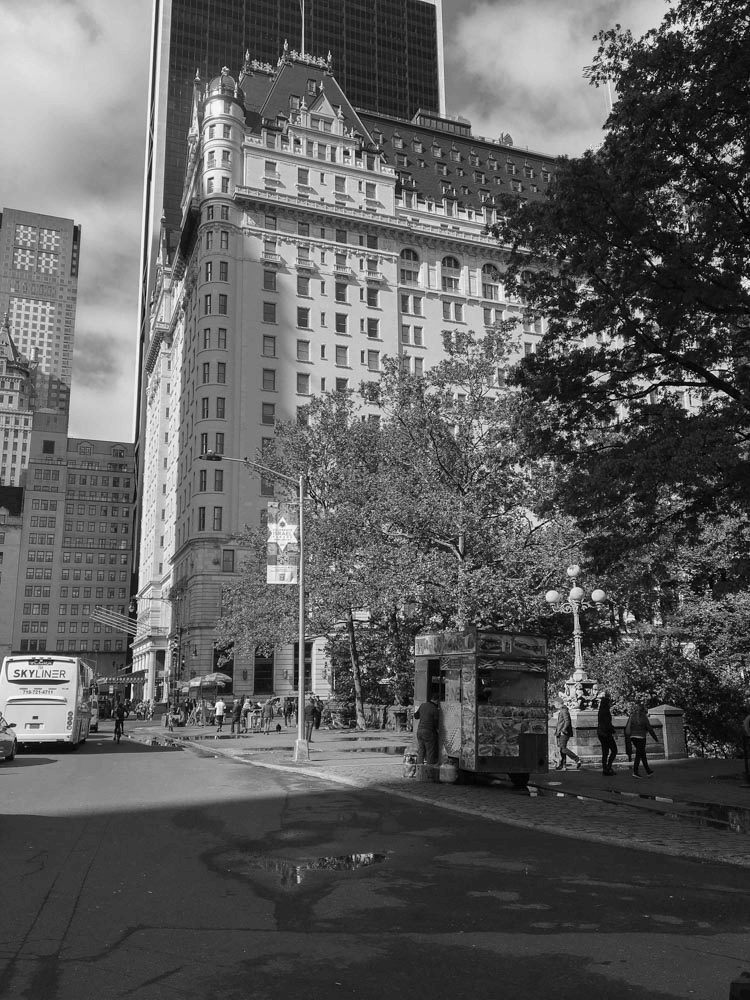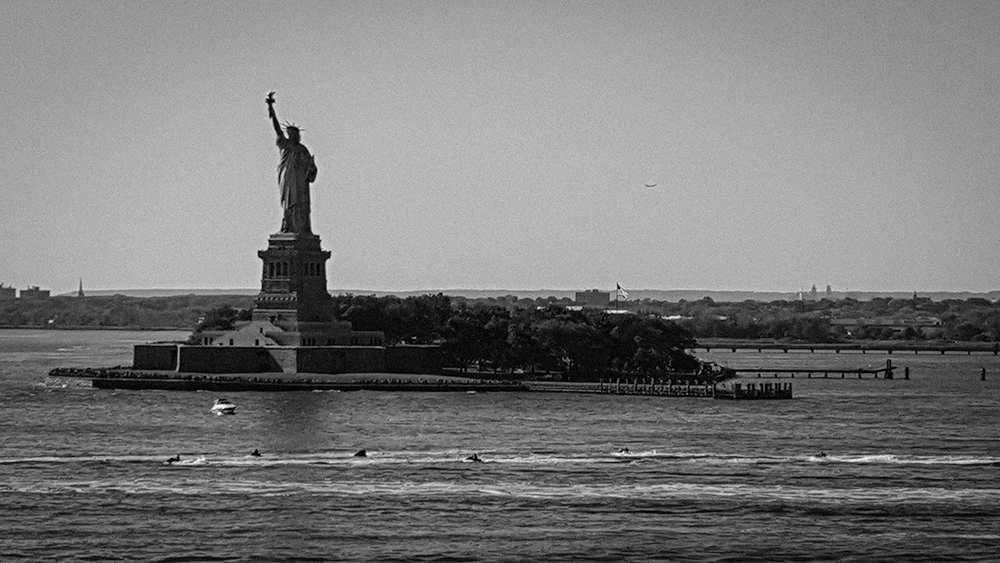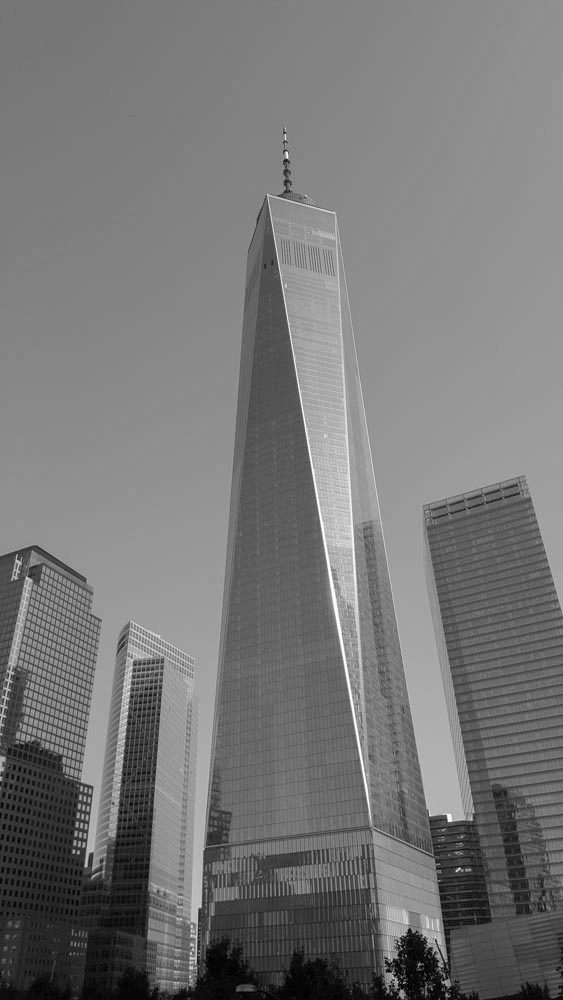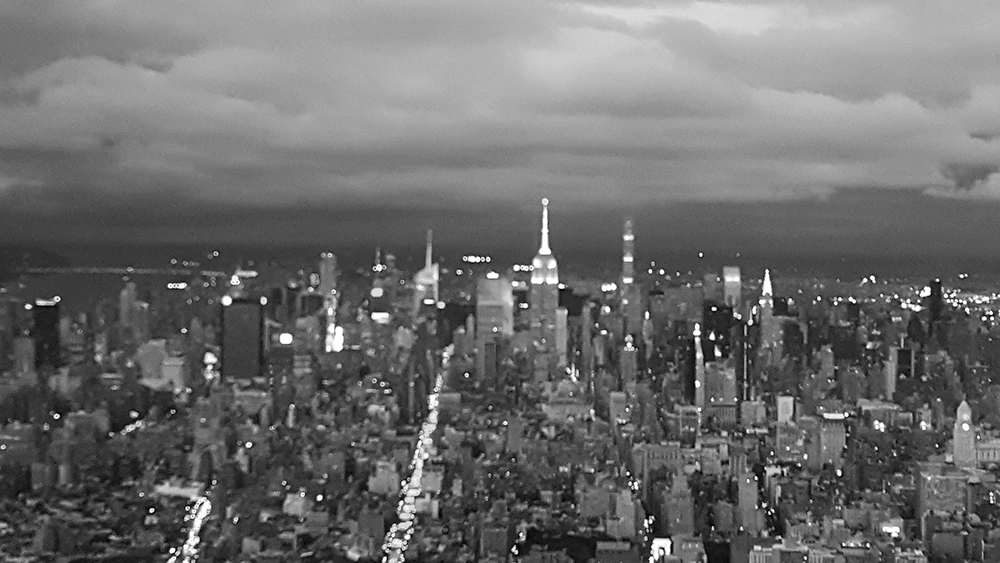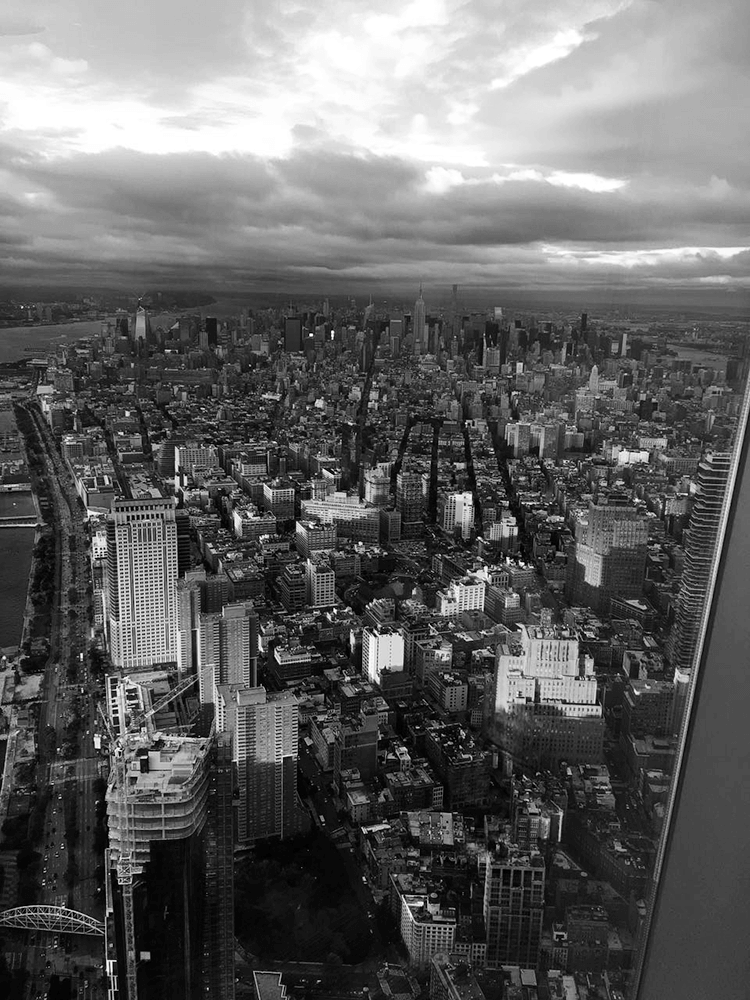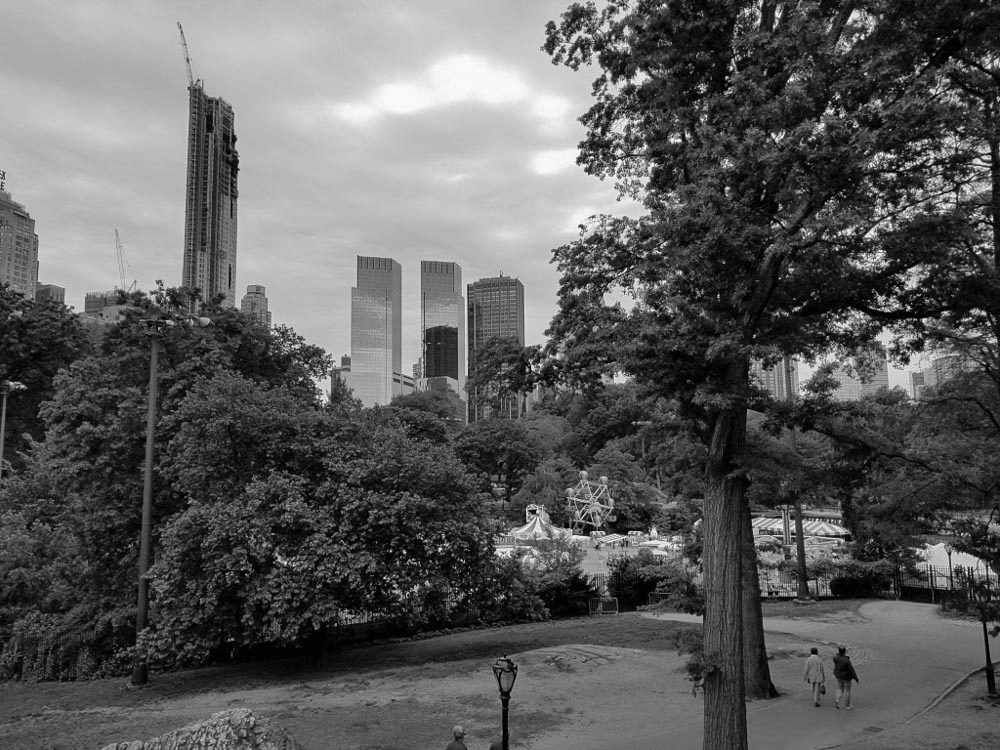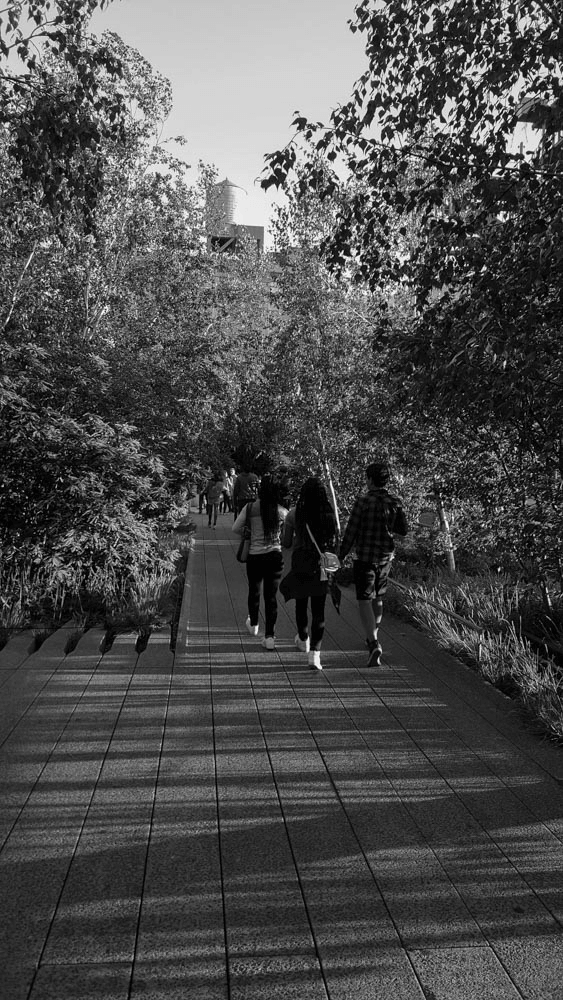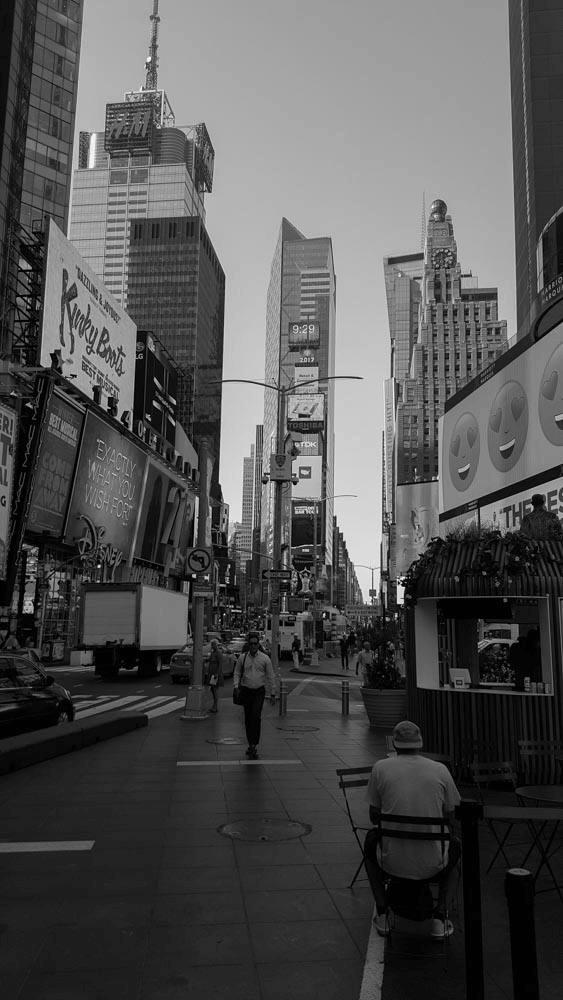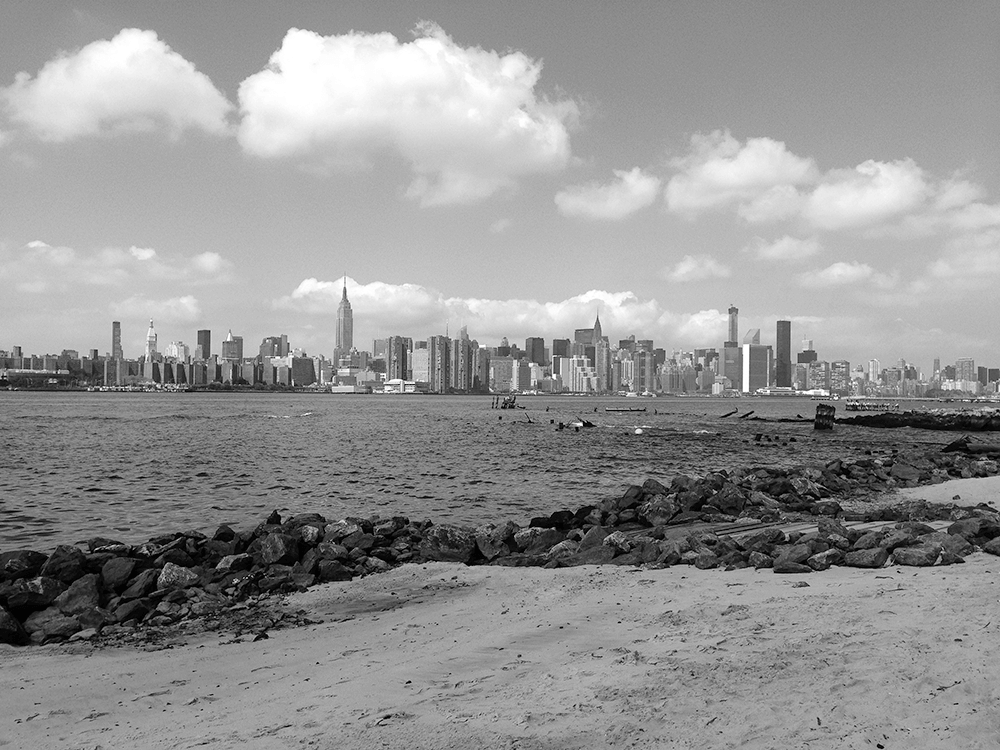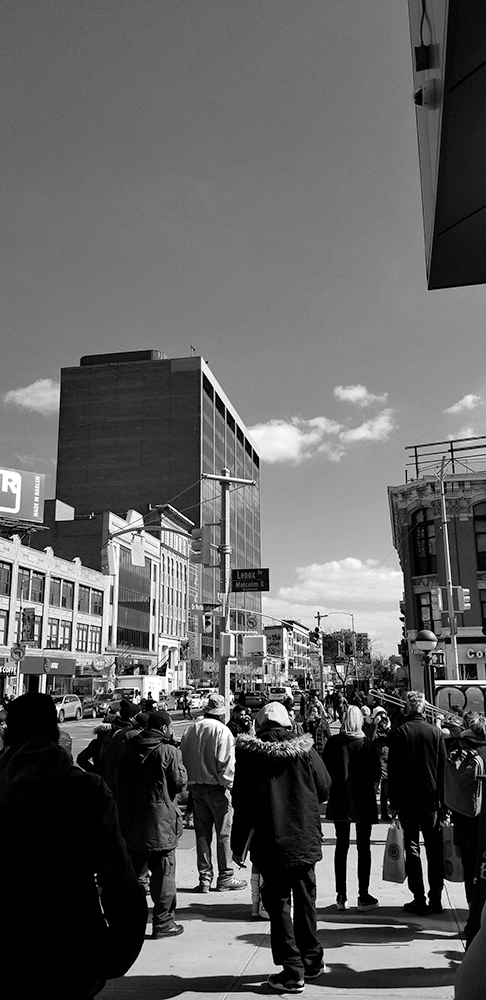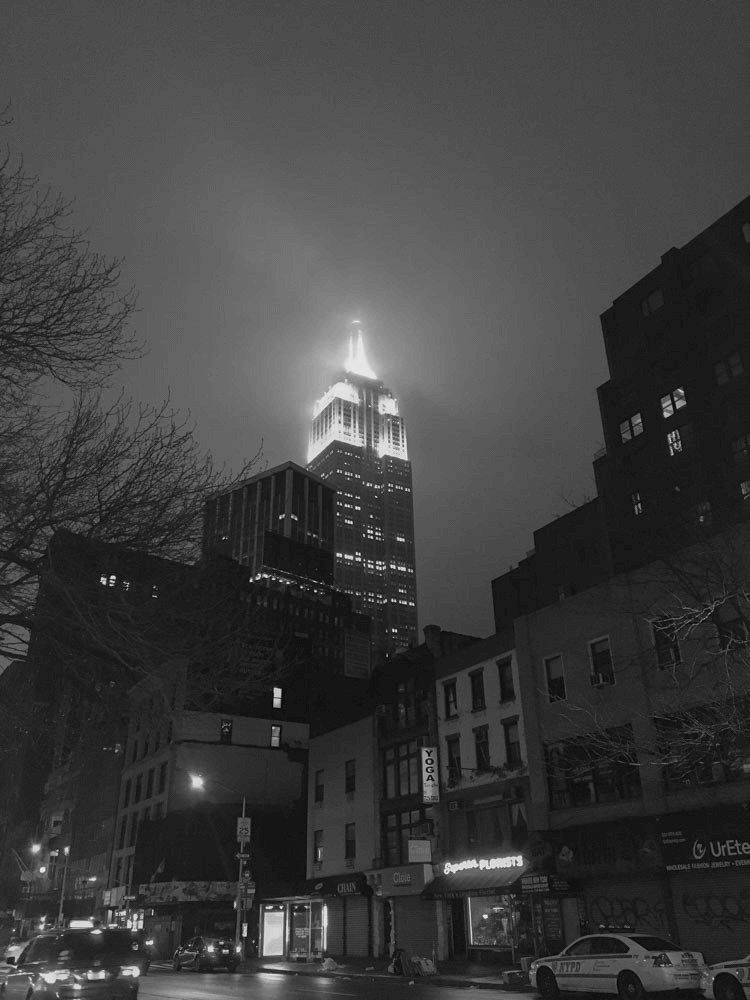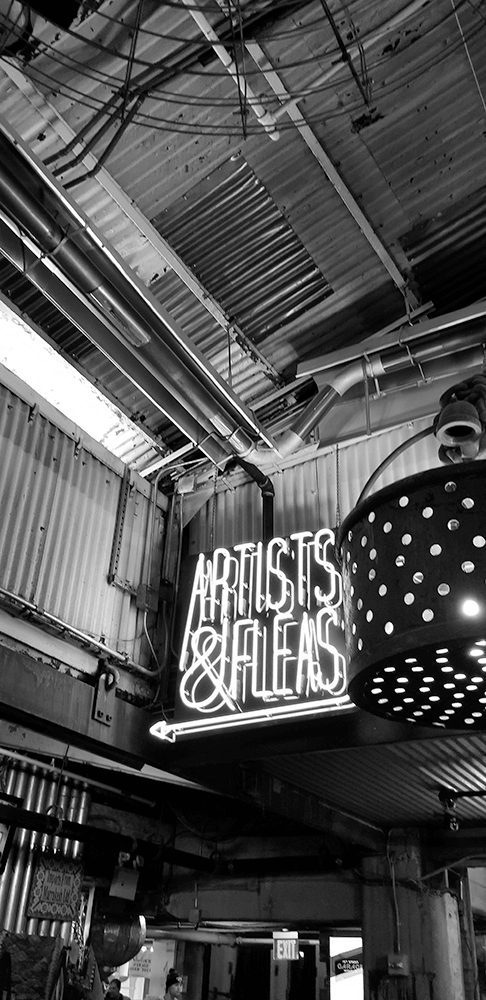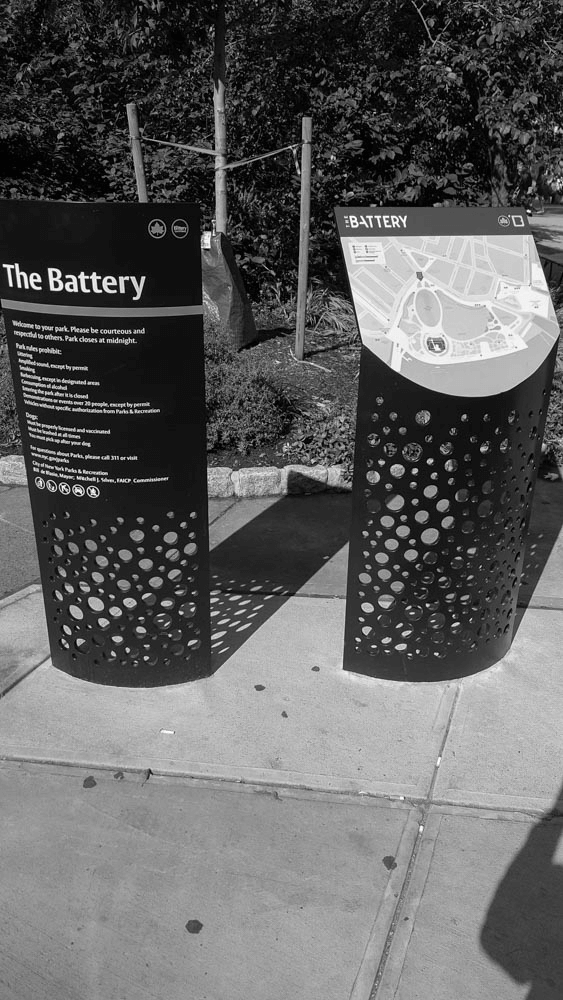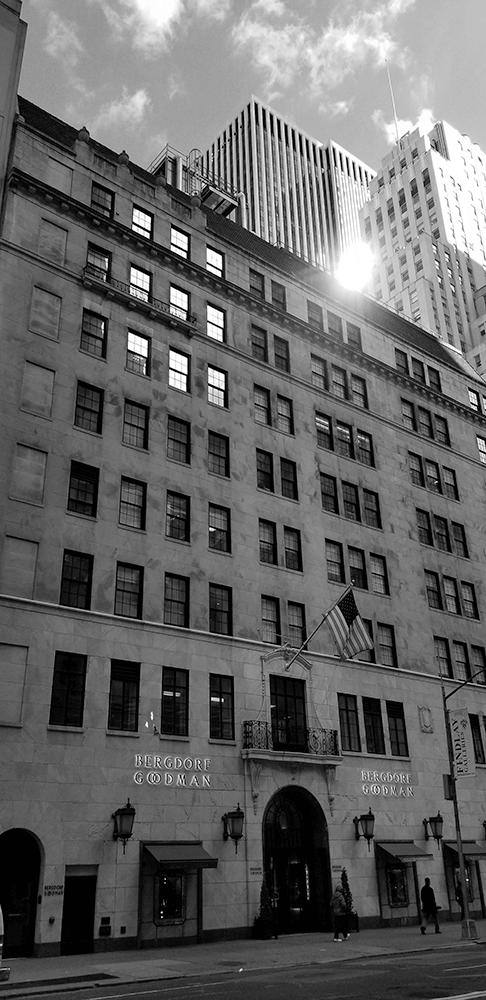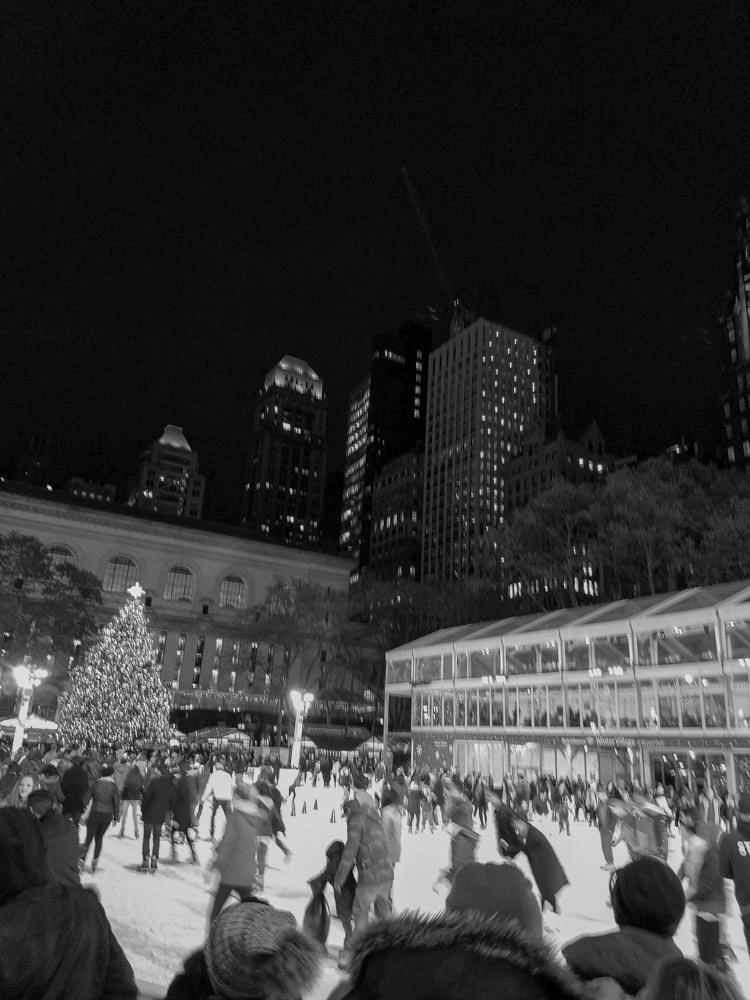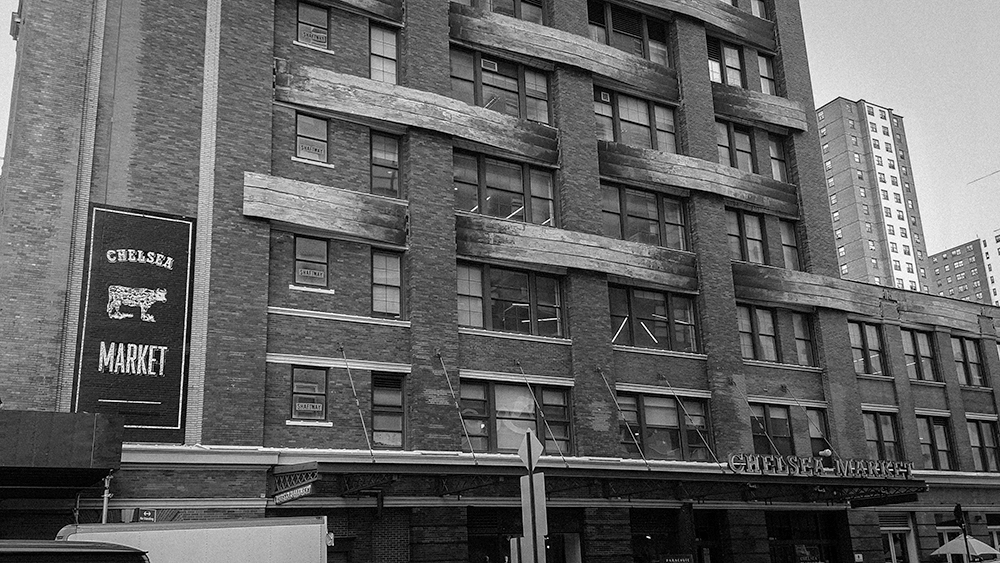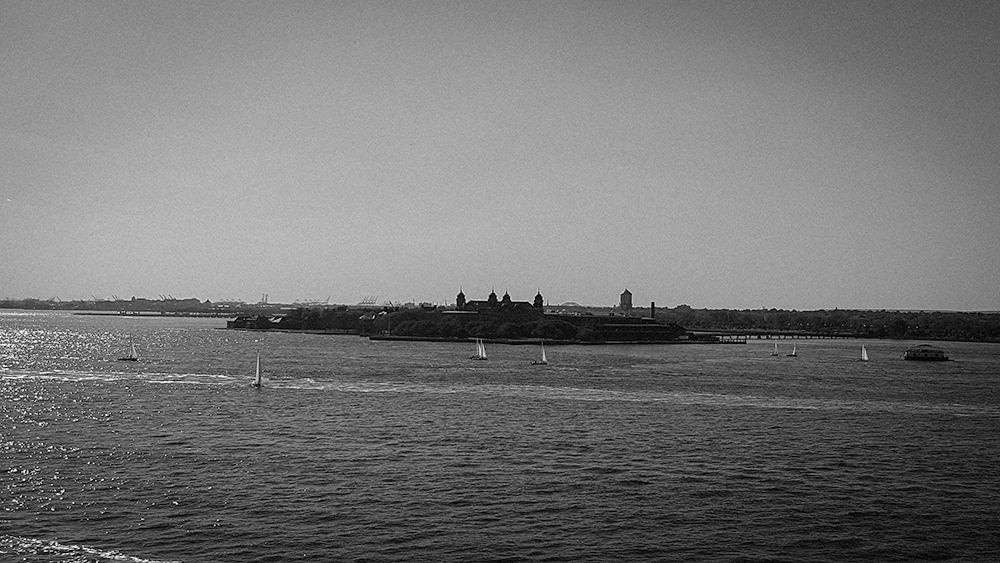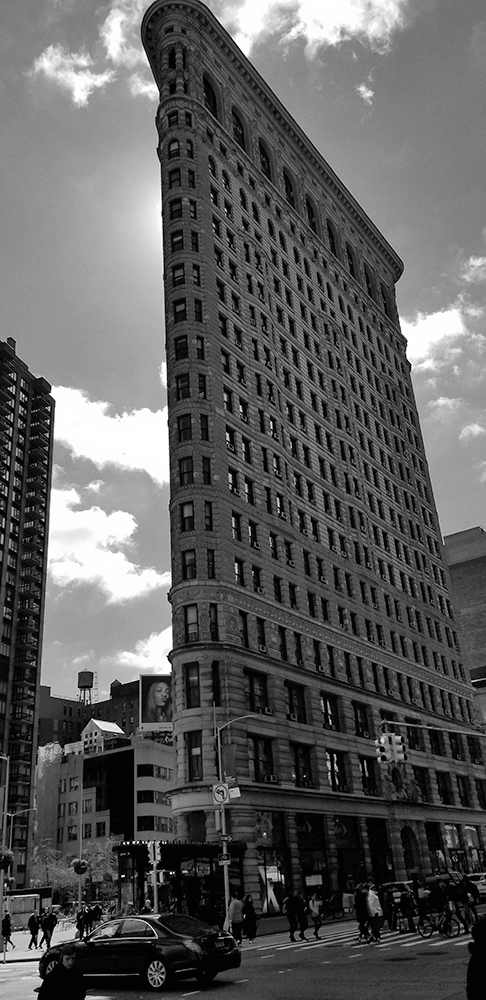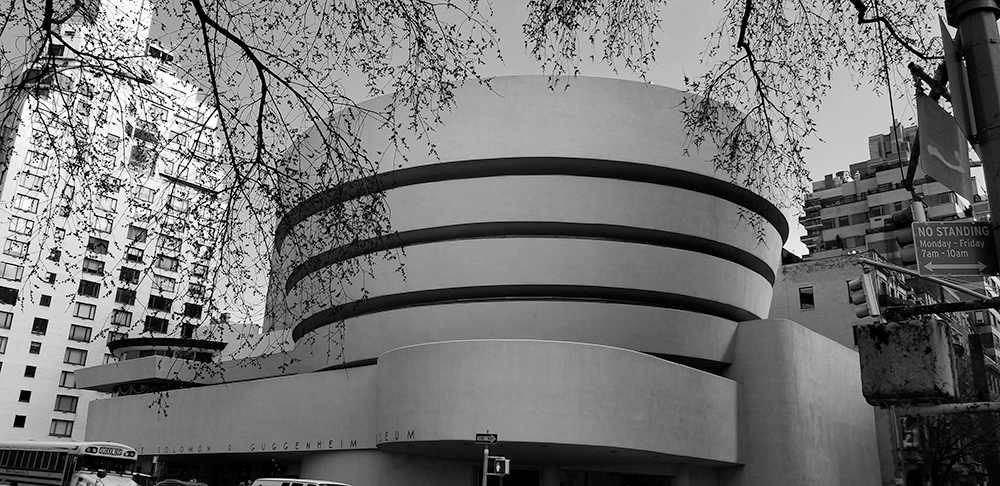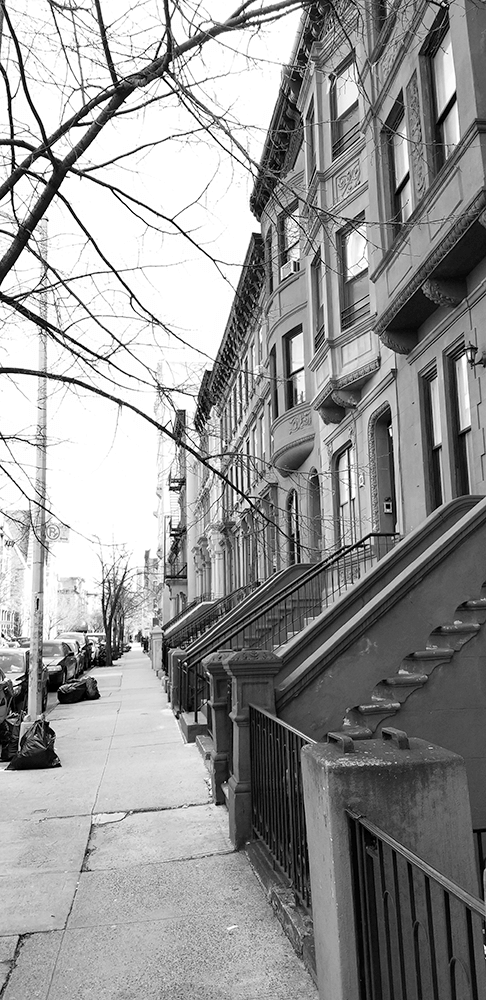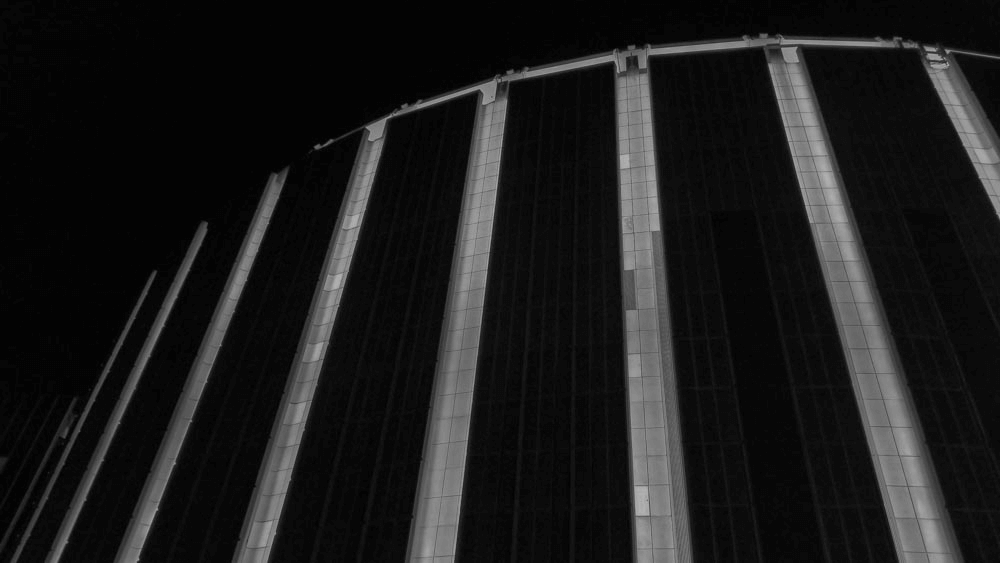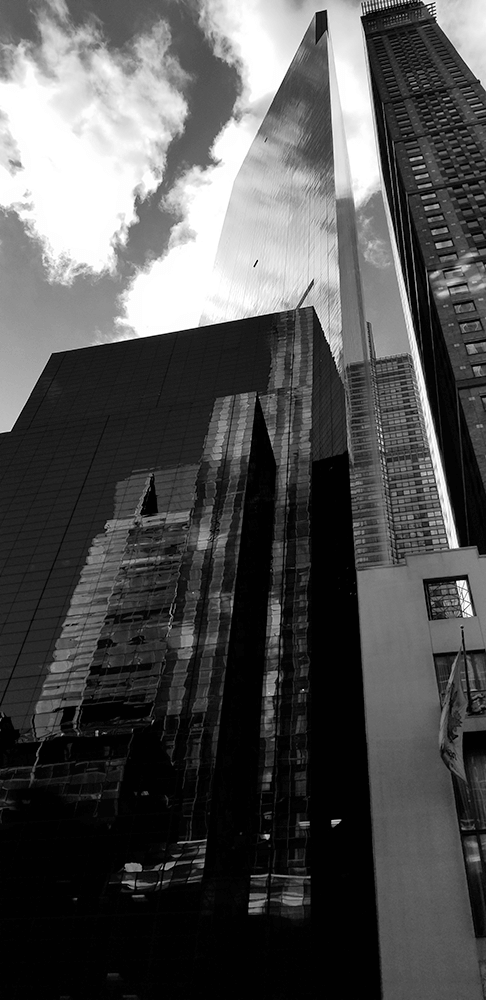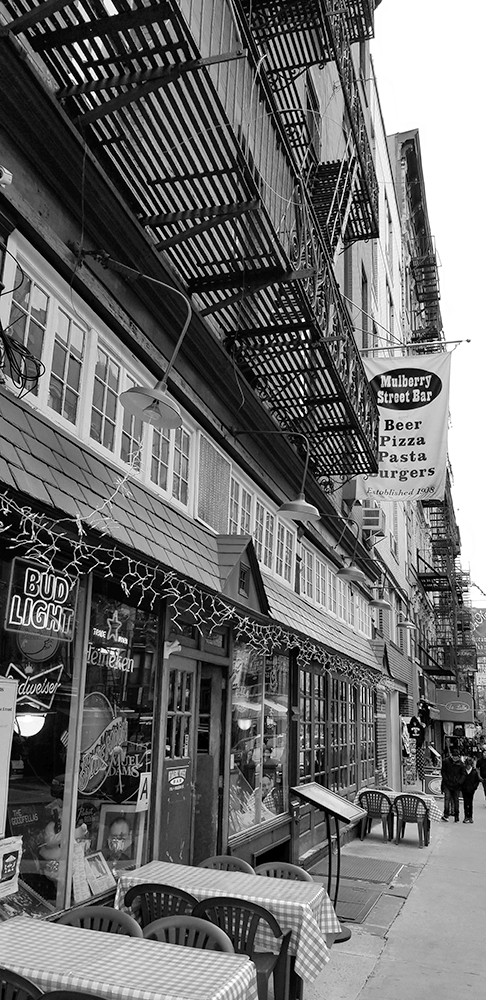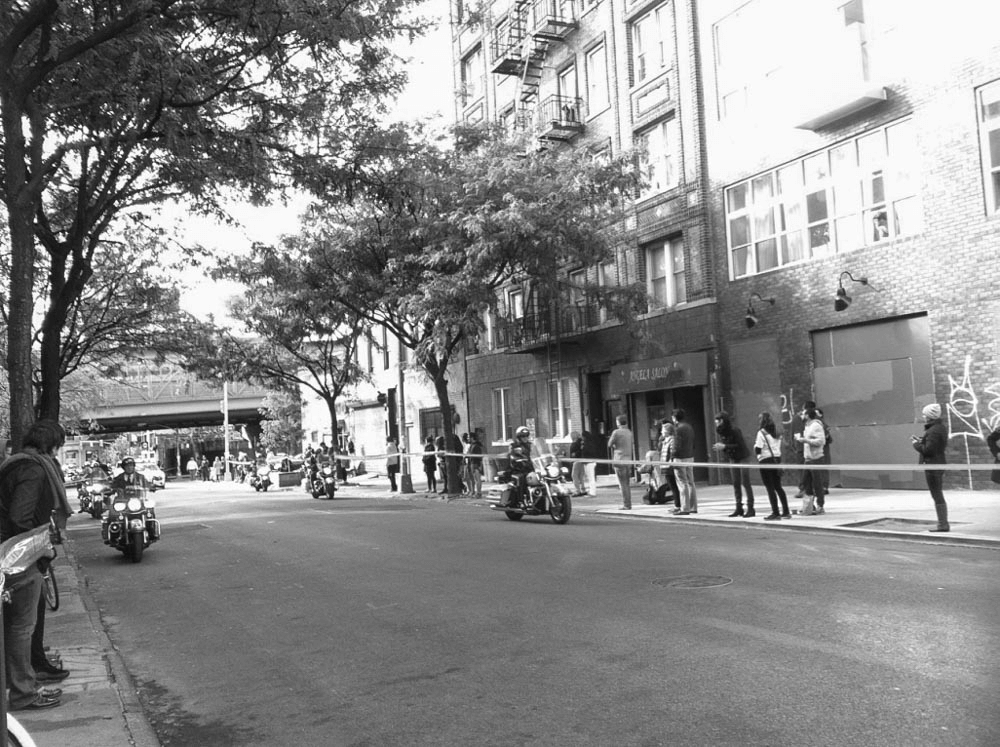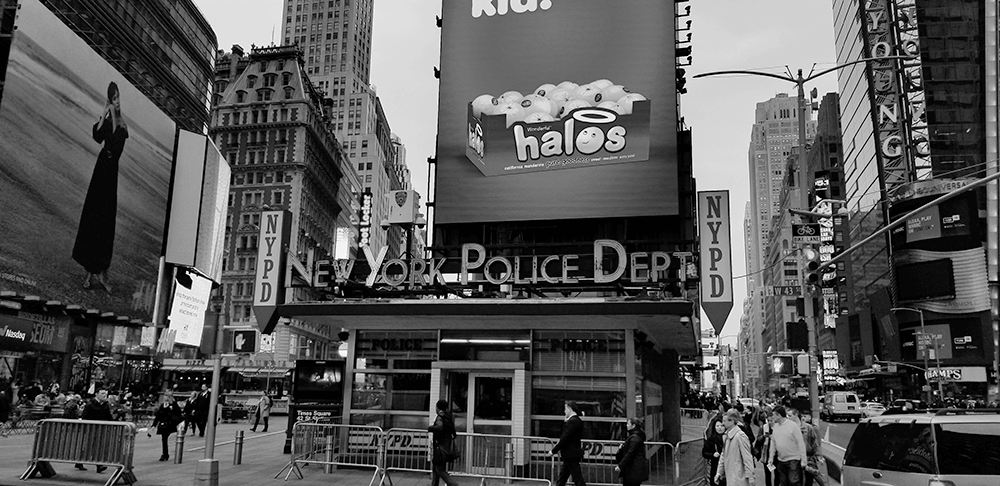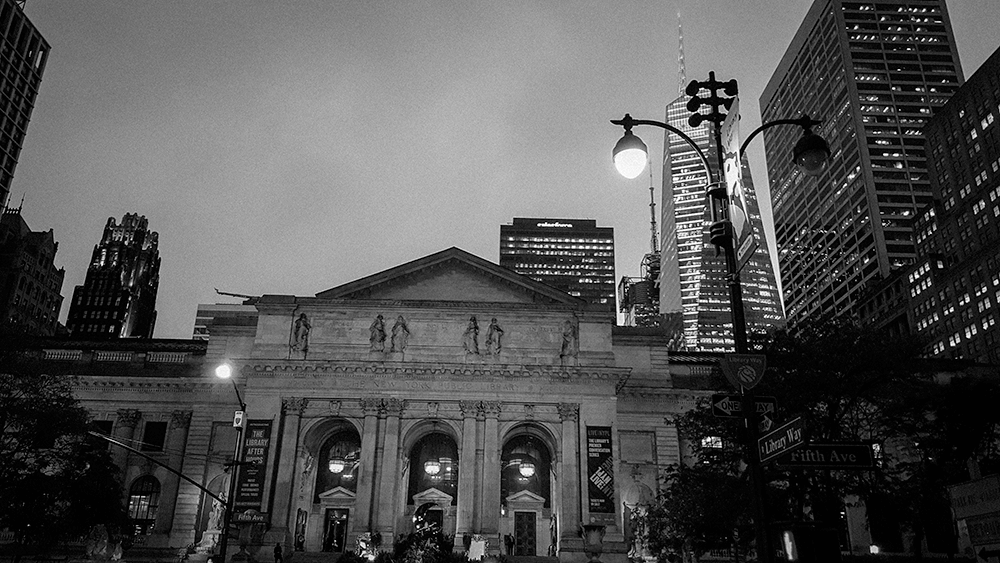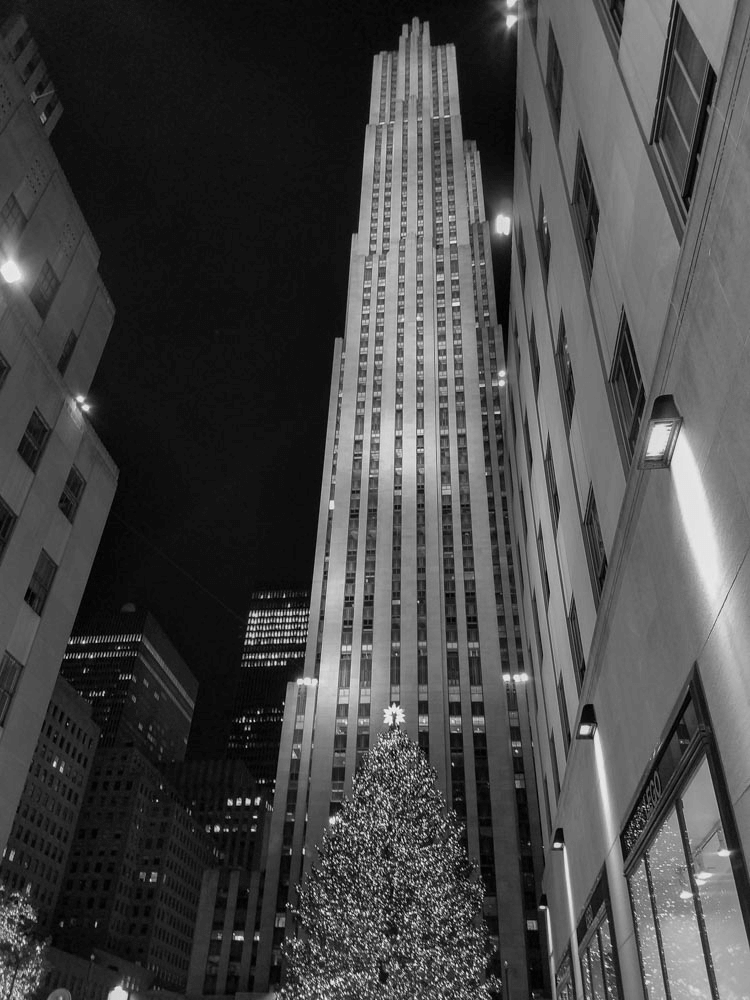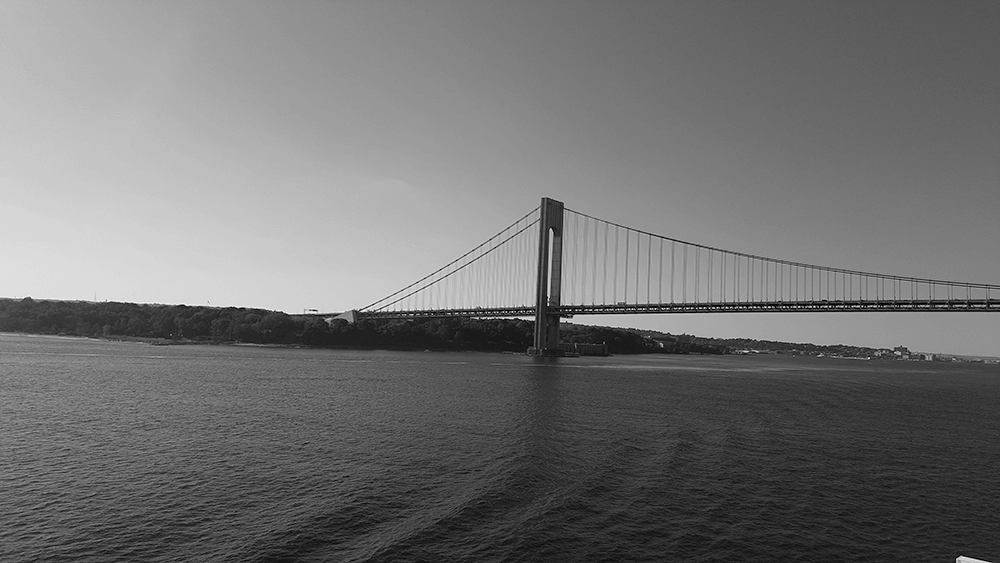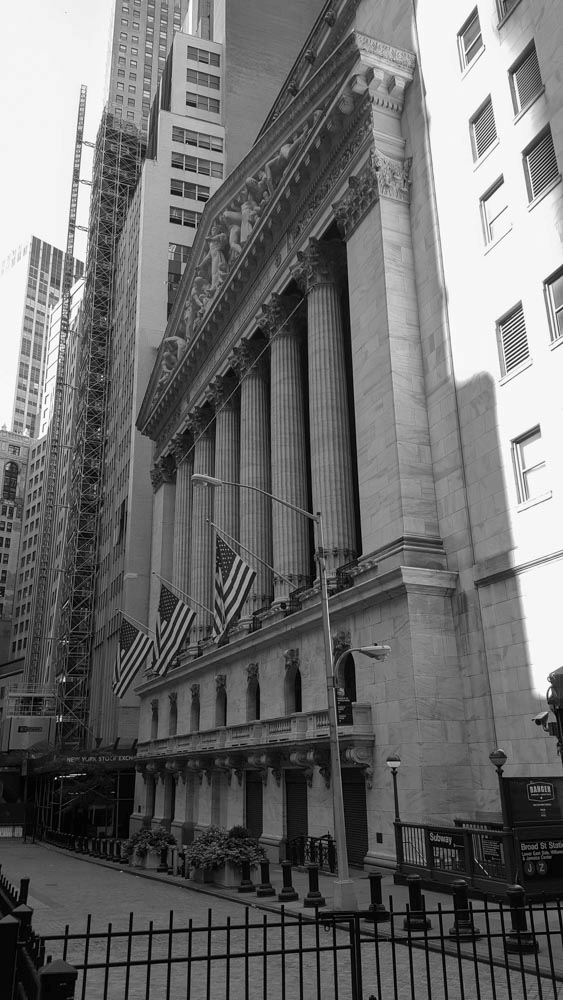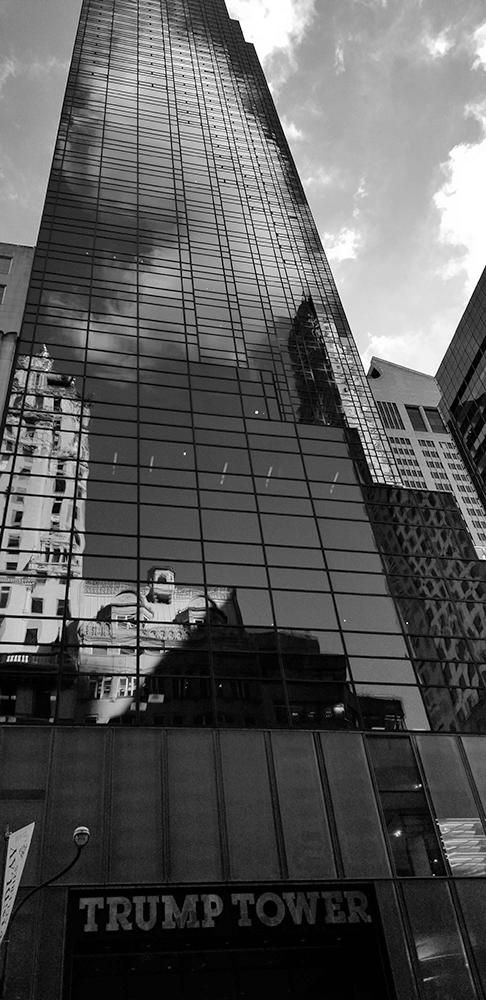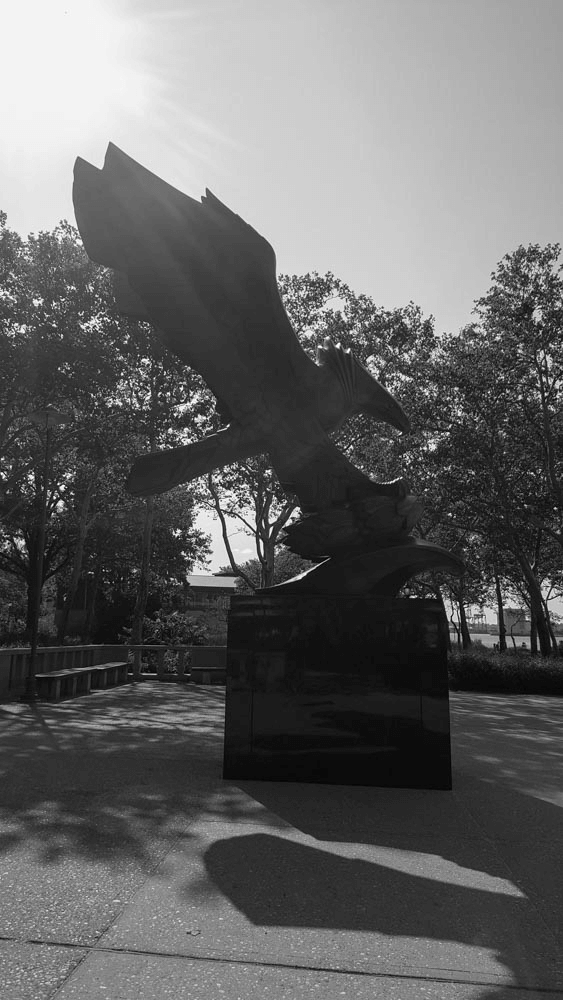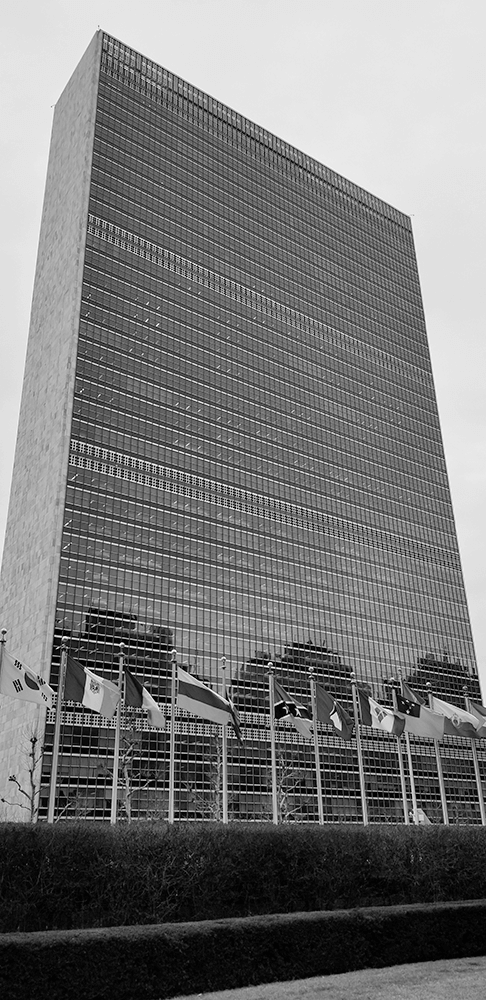Evergreen
Financial District
Equitable Building
Das Equitable Building in New York City ist ein architektonisches Wahrzeichen, das sowohl durch seine imposante Größe als auch durch seine historische Bedeutung besticht. Gelegen an der Kreuzung von Broadway und Liberty Street im Finanzviertel, wurde das Gebäude 1915 fertiggestellt und war lange Zeit eines der höchsten Gebäude der Stadt. Geschichte und Architektur Das Equitable Building wurde von dem renommierten Architekten Arthur H. Smith entworfen und ist ein herausragendes Beispiel für den Beaux-Arts-Stil, der zu Beginn des 20. Jahrhunderts populär war. Mit einer Höhe von 163 Metern und 40 Stockwerken war es bei seiner Fertigstellung das größte Bürogebäude der Welt. Die Fassade des Gebäudes ist aus hellgrauem Stein und zeichnet sich durch ihre prächtigen Verzierungen und großen Fensterelemente aus, die den klassischen Stil des Beaux-Arts widerspiegeln. Besonders bemerkenswert ist die innovative Nutzung von Licht und Raum im Equitable Building. Das Gebäude war eines der ersten, das mit einem Lichtgesetz konform war, das 1916 eingeführt wurde, um sicherzustellen, dass die umliegenden Straßen ausreichend Tageslicht erhielten. Dies führte zu seiner charakteristischen Form, die sich nach oben verjüngt und somit den Lichtbedarf in der Umgebung berücksichtigt. Nutzung und Bedeutung Ursprünglich wurde das Equitable Building als Hauptsitz der Equitable Life Assurance Society erbaut, einer der größten Lebensversicherungsunternehmen der USA. Das Gebäude war ein Symbol für den wirtschaftlichen Aufschwung und die Stabilität, die das Unternehmen während der ersten Hälfte des 20. Jahrhunderts genoss. Die Equitable Life Assurance Society nutzte das Gebäude bis in die 1960er Jahre, bevor es in private Hände überging. Im Laufe der Jahre hat das Equitable Building verschiedene Renovierungen und Umgestaltungen erfahren, um den modernen Anforderungen an Büroflächen gerecht zu werden. Heute beherbergt es eine Vielzahl von Unternehmen und Organisationen, die sowohl im Finanzsektor als auch in anderen Branchen tätig sind. Besondere Merkmale Ein herausragendes Merkmal des Equitable Building ist die beeindruckende Lobby, die mit Marmor und kunstvollen Verzierungen ausgestattet ist. Die Lobby ist ein beliebter Ort für Besucher und Geschäftsleute, die die Eleganz und den historischen Charme des Gebäudes erleben möchten. Das Gebäude verfügt auch über eine Reihe von modernen Annehmlichkeiten, darunter hochmoderne Aufzüge, Klimaanlage und Sicherheitsmaßnahmen, die es zu einem attraktiven Standort für Unternehmen machen. Trotz seiner historischen Wurzeln hat das Equitable Building erfolgreich den Übergang in die moderne Geschäftswelt gemeistert. Besuchserlebnis Das Equitable Building ist nicht nur ein Bürogebäude, sondern auch ein bedeutendes architektonisches Denkmal, das Besucher anzieht, die sich für die Geschichte und Architektur New Yorks interessieren. Die beeindruckende Fassade und die historische Lobby bieten einen Einblick in die Pionierzeit der Wolkenkratzer und die Entwicklung der Stadt. Die Lage des Equitable Building im Herzen des Finanzviertels macht es zu einem idealen Ausgangspunkt für Erkundungen der Umgebung. In der Nähe befinden sich zahlreiche Sehenswürdigkeiten, darunter die Wall Street, die New York Stock Exchange und das One World Trade Center. Das Equitable Building ist mehr als nur ein Bürogebäude; es ist ein Symbol für die Entwicklung New Yorks im 20. Jahrhundert und ein Beispiel für herausragende Architektur. Seine historische Bedeutung, kombiniert mit modernen Annehmlichkeiten, macht es zu einem faszinierenden Ort, der sowohl für Geschäftsreisende als auch für Touristen von Interesse ist. Ein Besuch des Equitable Building bietet die Möglichkeit, die reiche Geschichte und den architektonischen Stil dieser beeindruckenden Stadt zu erleben.
1 2 NYCGO 3 4
